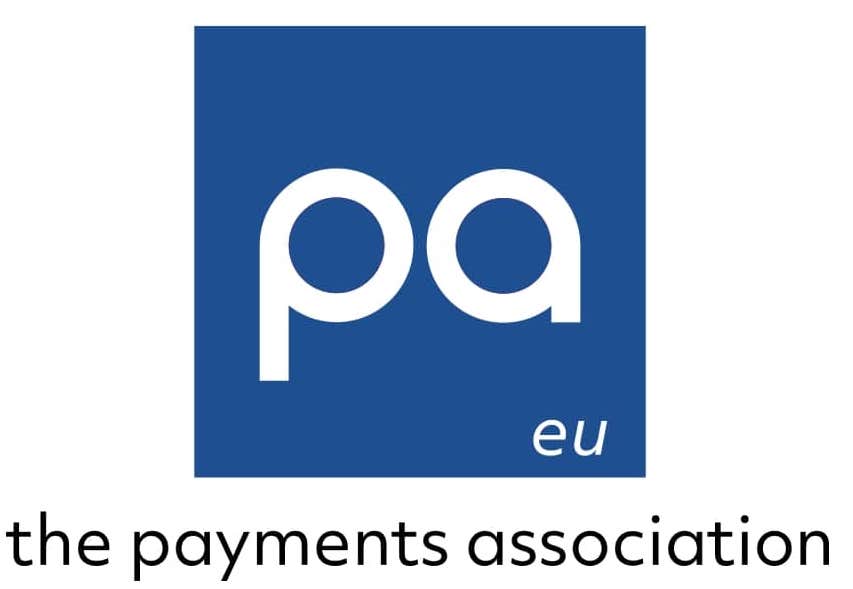The importance of a global payments infrastructure
October 18, 2022
The G20’s payments programme is moving into the practical phase of its plans to improve cross-border payments. Where does it fall short?
What is this article about? The bottlenecks that need to be addressed to improve cross-border payments.Why is this important? A strong infrastructure will resolve many of the pain points payments firms and customers experience. The G20 and FSB are working on changes.What’s next? The FSB will release a report on next steps in November.The G20 is prioritising the Roadmap for Enhancing Cross-border Payments and some progress has been made over the past two years on the foundational elements to address persistent issues in the market concerning speed, cost, access, and transparency. According to Paul Bedford, senior manager of cross-border payments policy at the Bank of England, regulations and regulatory standards are vital to the FSB's roadmap, and about five or six building blocks intend to tackle issues around transparency and the need for institutions to upgrade their systems to a minimum global standard. “There are complex compliance challenges across a range of different requirements that bite on payment service providers and infrastructures, and those are not just limited to traditional prudential rules or conduct rules or AML rules,” says Bedford, who discussed the issues and outlook at a webinar held by The Payments Association. There are also problems around data standards, data exchanges, local privacy rules, and data nationalisation requirements that need to be address as part of global reforms. As such, the payments industry needs to engage the regulators in a dialogue to tackle the perceived frictions.According to Bank of England data, cross-border payments are predicted to grow from $150 trillion in 2017 to $250 trillion in 2027. A robust global payments infrastructure that is as quick as the movement of goods and services is necessary to manage the demand of real-world business activities. Vikesh Patel, head of securities and strategies at SWIFT, identified three areas that need particular attention to improve cross-border payments that haven’t been extensively addressed yet:
- Capital controls: Otherwise referred to as end-country controls, which are restrictions, compliance issues, manual interventions, and documentation requirements. Changes here would establish a better balance of payment reporting.
- Batch processing: Transactions that occur during offline hours within the cross-border payment ecosystem that adds friction because the automated clearing house (ACH) system is noticeably absent in some markets.
- Going against the sun: Although many investments have made the process more efficient around operating hours and internal system processing, moving to real-time internal system processing of ledgers and going against the friction is still a source of conflict.
Top 10 issues to resolve on cross-border payments
- System upgrades to a minimum global standard
- Global standards to ensure a level playing field to support industry growth
- Achieving transparency to tackle friction
- Aligning crypto transactions with national regulatory frameworks
- More deployment of biometric and technology solutions to address identity issues and fraudulent activities
- Wider adoption of digital wallets to tackle liquidity problems
- More APIs to address transparency problems
- Successfully achieving interoperability across devices, currencies and jurisdictions
- Creating technology that minimises the regulatory and licensing barriers
Gaining agreement on the compulsory requirement to implement cyber and cloud security architectures.
G20 cross-border programme could address the issues
After two years of research and analysis, the G20 and the FSB will switch towards practical implementation, focusing on:- The payment system interoperability and extension
- Legal, regulatory and supervisory frameworks, and
- Cross-border data exchange and message standards.

